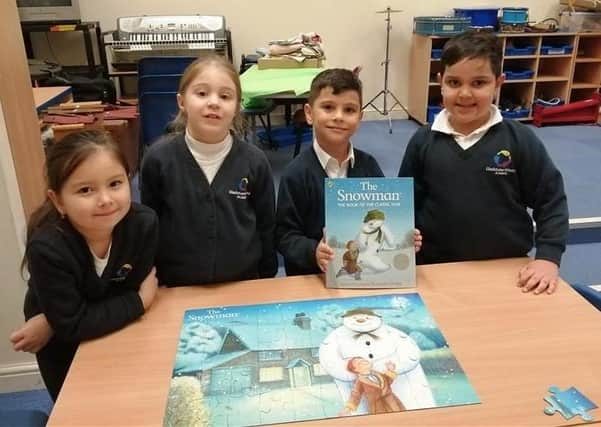Peterborough academy’s bilingual clubs making excellent progress


Funded by the Peterborough City Council Community Fund, bilingual club at the academy aims to improve pupils’ bilingual and literacy skills, expand their vocabulary, boost their confidence, and form stronger relationships with their parents.
From November 2020 to April 2021, Urdu-speaking pupils attending the ilingual club, improved their spoken language skills by 27 per cent. Similarly, Romanian speaking pupils’ language skills improved by 23 per cent. This group also saw a 22 per cent increase in their English spoken language skills.
Advertisement
Hide AdAdvertisement
Hide AdSimon Martin, headteacher at Gladstone Primary Academy said: “At Gladstone Primary Academy, we embrace individual differences and aim to support and celebrate the different heritages that are represented in our community.
“In January through to March, we were forced to shift our approach due to Covid-19 and instead led engaging sessions over What’sApp which makes our pupils’ progress even more impressive.
“I am immensely proud of the hard work and dedication of our pupils and staff and look forward to seeing the long-term outcomes over the next few years, especially for our new Slovak-speaking group.”
Gladstone Primary Academy, which is part of the Thomas Deacon Education Trust (TDET), first introduced Bilingual Club in October 2019. Bilingual Club assesses pupils on understanding spoken language, understanding and using vocabulary, sentences, storytelling and narrative, and social interaction.
Advertisement
Hide AdAdvertisement
Hide AdClub leaders run activities including storytelling, acting, games and crafts . They model the use of languages throughout the sessions and encourage pupils to continually switch between English and their home language. This shows the children that both languages are equally important and reinforces their ability to communicate bilingually.”